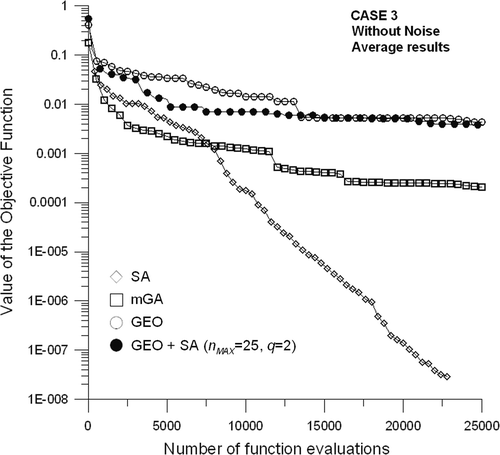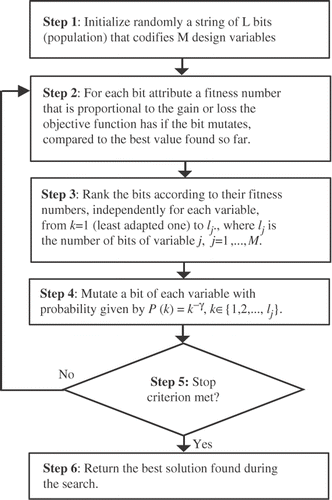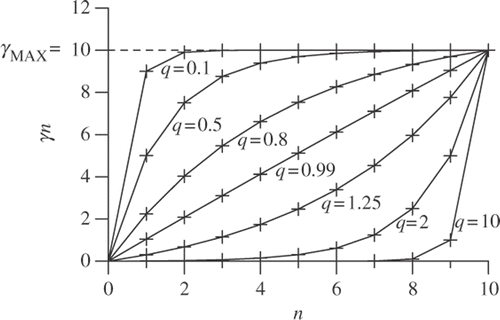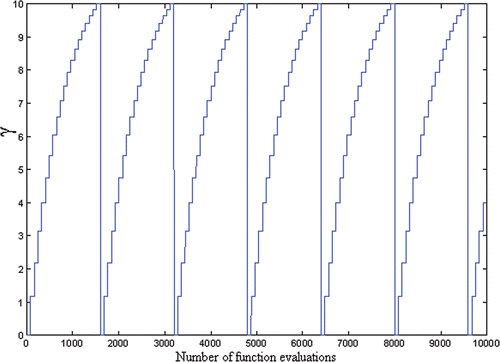Figures & data
Table 1. Exact values of the radiative properties.
Figure 5. Average of the best values of the objective function, as a function of the number of function evaluations for Case 1, without noise.
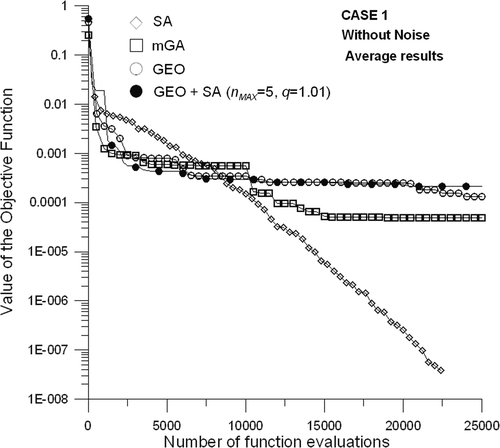
Figure 6. Average of the best values of the objective function, as a function of the number of function evaluations for Case 1, with noise.
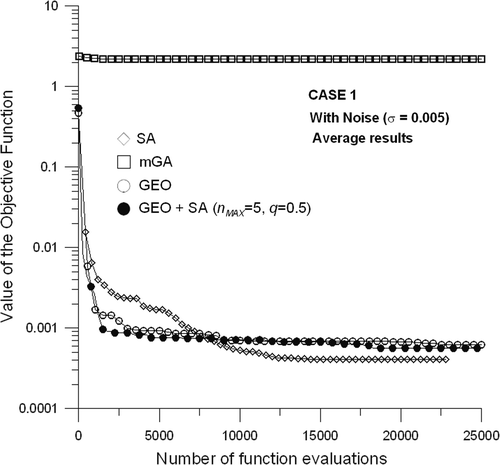
Table 2. Worst, average and best estimates for Case 1.
Figure 7. Average of the best values of the objective function, as a function of the number of function evaluations for Case 2, without noise.
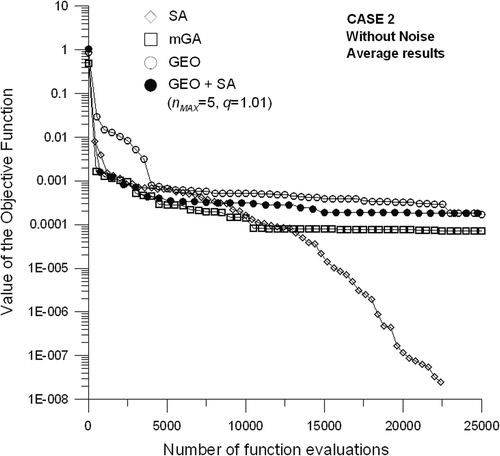
Table 3. Worst, average and best estimates for Case 2.
Figure 8. Average of the best values of the objective function, as a function of the number of function evaluations for Case 2, with noise.
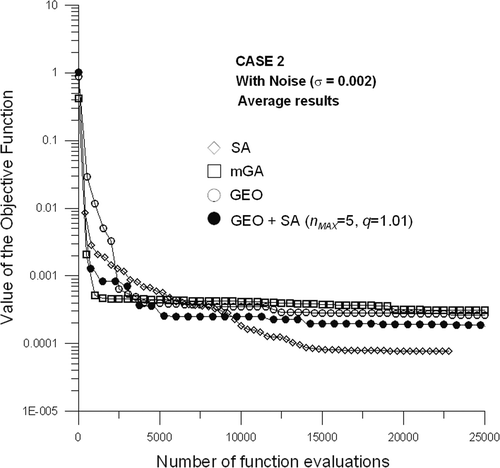
Figure 9. Average of the best values of the objective function, as a function of the number of function evaluations for Case 3, without noise.
